-
 play_arrow
play_arrow
The CRUSADE Radio Network CRUSADE Radio Network
-
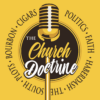 play_arrow
play_arrow
The Church Doctrine Episode 1 - The Wright Stuff The Church Doctrine
-
 play_arrow
play_arrow
Audio Post Format TheKingDude

 Mandeville, LA – Exclusive Transcript – “Today is Wednesday the 19th of April. It is the first Wednesday after Easter. Now, what does that mean? Well, that means, as I said in the previous hour, that 1,984 Easters have been commemorated. Let’s count that up again, 1,984 commemorations of the March 25th, 33 AD resurrection of Our Lord began – that happened in 33 AD.” Check out today’s transcript for the rest….
Mandeville, LA – Exclusive Transcript – “Today is Wednesday the 19th of April. It is the first Wednesday after Easter. Now, what does that mean? Well, that means, as I said in the previous hour, that 1,984 Easters have been commemorated. Let’s count that up again, 1,984 commemorations of the March 25th, 33 AD resurrection of Our Lord began – that happened in 33 AD.” Check out today’s transcript for the rest….
Begin Mike Church Show Transcript
Mike: Today is Wednesday the 19th of April. It is the first Wednesday after Easter. Now, what does that mean? Well, that means, as I said in the previous hour, that 1,984 Easters have been commemorated. Let’s count that up again, 1,984 commemorations of the March 25th, 33 AD resurrection of Our Lord began – that happened in 33 AD. Joseph Pearce, “The Son Rises in the West: France & the Resurrection of the Faith.”
[reading]
As history demonstrates, in France as elsewhere, the Church is always rising from the dead because the gates of Hell cannot prevail against her…
“Christianity has died many times and risen again; for it had a God who knew the way out of the grave.” –G.K. Chesterton, The Everlasting Man.
In a recent essay, “Is the West Lost Forever?,” I wrote the following:
[quoted material]
What will be left when the secularist ‘West’ is dead will be the Permanent Things. Christianity is alive and well, and thriving and growing, in Africa, Asia, China-and yes, even in resurrected embryonic form in Europe and other parts of the ‘West’ . . .
[end reading]
[private FP-Monthly|FP-Yearly|FP-Yearly-WLK|FP-Yearly-So76]
Mike: Folks, it’s alive and well here in the United States. When you go to the St. Benedict Center in Richmond, New Hampshire, you can see it. When you go to the Clear Creek Abbey in Clear Creek, Oklahoma, you see it. When you go to St. Mary’s in Kansas, you see it. When you go to Ave Maria in Florida, you can see it. I know I’m leaving dozens and dozens of other places out. There’s one in Pennsylvania. There’s one in Upstate New York. There’s the compound or seminary where the FSSP is located. Dozens upon dozens upon dozens of places where the temporal sphere is being sanctified. People tend to scoff at this because of the number. What difference does the number make?
I have a post-Easter meditation for you that’s even more profound than that. I think it’s profound; maybe you don’t. How many apostles were there? On Ascension Sunday, when we celebrate Ascension Sunday in 40 days, less than 40 days actually, Christ breathes on the Apostles and sends the Paraclete down to keep us from error. How many men are we talking about? Even if you threw in the Marys, Mary Salome, Mary Magdalene, Mother Mary, if you threw the holy women in, you’re talking about a force of about 20. Now, if they were to apply modern pride to their numbers, they would have given up. We know today that it wasn’t impossible, don’t we? I think we tend to be told that because our numbers are small, that means that the impact is small, or that there is no impact at all because it’s miniscule. [mocking] “Mitter Church, your impact is so small, it can’t even be measured.”  Twelve, that’s after they added Paul. I was going to crack a bad joke and say George and Ringo, too. Back to Pearce:
Twelve, that’s after they added Paul. I was going to crack a bad joke and say George and Ringo, too. Back to Pearce:
[reading]
[quoted material]
What will be left when the secularist ‘West’ is dead will be the Permanent Things. Christianity is alive and well, and thriving and growing, in Africa, Asia, China-and yes, even in resurrected embryonic form in Europe and other parts of the ‘West.’ Europe and the ‘West’ might be committing collective suicide, but Christendom is always new, as it is always old, because it is the Permanent Thing.
[end quoted material]
In light of these words, a recent essay in America about the rise and renewal of Christianity in France illustrates all too clearly the “resurrected embryonic form” of the Christian revival in Europe.
“A few years ago,” writes the essay’s author, Pascal-Emmanuel Gobry, “I started to realize something. Whenever I was less than five minutes early for Mass, I had to go to the overflow room, and I would typically have to step over people sitting on the floor to get there. The church was filled to the gills every Sunday, with young families and children most of the time.” Mr. Gobry, who lives in Paris, experienced the same thing when he moved to a different part of the city. The church was packed. There were wealthy and elderly Parisians but also many immigrants, mostly from sub-Saharan Africa and Indian Ocean countries, as well as “the kinds of hipsters you might not expect to be religious.” Also, and significantly, Mr. Gobry tells us that “there are children everywhere.”
Mr. Gobry makes a point of attending other, random parishes on Sundays, “just to see if this is a real trend” and has found that Sunday high Mass is packed in most parishes in Paris and that the same is true in Lyon, the second largest city in France.
Surprisingly perhaps, at least for those of a neo-atheist persuasion who consider religion the preserve of the ignorant, the Catholic revival in France is a phenomenon most marked among the “highly educated” in the large cities. It is not the remnant of a disappearing past or a disappearing peasantry but the manifestation of a revitalized present promising a revivalist future.
“But now I have seen something I never expected,” continues Mr. Gobry. “I think that in my entire life I had never seen more than a dozen people in the church in the village that my family hails from on any day other than Christmas and Easter. When I returned recently, it was about two-thirds full. There are also more activities outside of weekly Mass than I remember; the parish is now caring for a family of Iraqi Christians, and local teenagers have started a project with a local crafts school to beautify the church.”
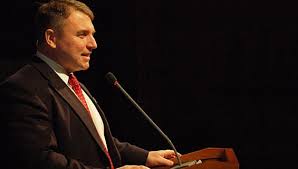 This religious revival was first felt “fleetingly” by Mr. Gobry when he began to notice how some of his lukewarm Catholic friends from college, who had previously only gone to church at Christmas and Easter, had begun to post things on Facebook about their going to church, or raising money for persecuted Christians in the Middle East, or becoming involved in Catholic charities working with the homeless . . .
This religious revival was first felt “fleetingly” by Mr. Gobry when he began to notice how some of his lukewarm Catholic friends from college, who had previously only gone to church at Christmas and Easter, had begun to post things on Facebook about their going to church, or raising money for persecuted Christians in the Middle East, or becoming involved in Catholic charities working with the homeless . . .
For those who know a little history, this latest Catholic revival in France is but the latest of several, each of which signified the resurrection of the Faith after the “experts” had solemnly pronounced it dead. In the 1790s, after the secular fundamentalists of the French Revolution launched its Reign of Terror against the Church, it was widely believed that the Church in France was now well and truly dead, snuffed out by “progress.” Then, against all modernist expectations, under the influence of François-René de Chateaubriand and others, France experienced a Catholic revival, largely as a healthy reaction against the murderous excesses of the Revolution and the Napoleonic imperialism which followed in the Revolution’s wake . . . [Mike: I’ll skip most of the history of France and how it was believed on three separate occasions that the end was near, or the end had happened.]
Secularism reared its ugly head again in 1905, with the passing of the law establishing the laicism, or secularism, which has characterized French politics ever since, but this “triumph” was followed by a further Catholic revival, particularly in philosophy and the arts. Giants of this revival include Jacques Maritain, Étienne Gilson, Charles Péguy, Léon Bloy, Paul Claudel, François Mauriac, and Georges Bernanos.
The next blow for secularism was struck by the student uprising in Paris in May 1968, France’s equivalent of the so-called “Summer of Love” in San Francisco, the latter of which had brought the hippies to the world’s attention in the previous year. Although the Parisien students shared many of the same goals as their American brothers and sisters, they set about achieving those goals in the time-honoured French fashion, using revolutionary violence, believing that a molotov cocktail in the hand is worth more than any number of flowers in the hair.
And yet the “spirit of 1968” did not represent the final triumph of secularism over the spirit of Christendom . . .
[/private]
It’s not that secularism is dead [Mike: I think this applies here in America as well.] as a political force. It isn’t (like the poor it is always with us). It is simply that it does not have the power to defeat the forces of Christendom.
[end reading]
Have you tried the all new Veritas Radio Network yet? You can listen to the Mike Church Show LIVE weekdays 6-10am CST. The show is easier to access than ever before. But Veritas Radio isn’t JUST Mike Church, try the exclusive shows by Brother Andre: ReConquest, David Simpson’s True Money, The Suzanne Option with Suzanne Sherman, My Story of America with Michael T George, Reverse Deception with Gregory Carpenter and The Constitution Hour with Kevin Gutzman. Help us continue our search for TRUTH by signing up for a Founders Pass Membership today!
Mike: You can say that another way by saying it doesn’t have — and it can’t defeat Christendom because it does not have the grace to do so. If you’ve ever said “But by the grace of God there go I” or “I’m here today thanks to the grace of God,” if you’ve ever said that, grace follows the faithful. It is present and the reason you maintain or can maintain that faith. It’s important to get this. The enemies of the Church do not receive graces like that, they simply don’t. Have you ever wondered how a martyr is  made? Take one of the recent examples, for example. When you see the Coptic Christians lined up on a beach in Libya, each with a Mohammedan in a black smock behind them, with their faces covered, but they all have daggers and they’re about ready to begin cutting heads off and yet those Christians kneel there and apparently take it. [mocking] “Mitter Church, that’s just courage and bravery.” Or it’s a special grace that’s been accorded them so they have courage and bravery. After all, courage is one of the gifts, the Holy Ghost, we’re told. Back to Pearce.
made? Take one of the recent examples, for example. When you see the Coptic Christians lined up on a beach in Libya, each with a Mohammedan in a black smock behind them, with their faces covered, but they all have daggers and they’re about ready to begin cutting heads off and yet those Christians kneel there and apparently take it. [mocking] “Mitter Church, that’s just courage and bravery.” Or it’s a special grace that’s been accorded them so they have courage and bravery. After all, courage is one of the gifts, the Holy Ghost, we’re told. Back to Pearce.
[reading]
Although it is always proclaiming the Christian Faith to be dead or dying, secularism does not have the power to kill it; or, rather, if it does have the power to kill it, as it indubitably has the power to kill its disciples, it does not have the power to keep it killed. Christendom, like the God of whom it is the Mystical Body, always has the power to find its way out of the graves being dug for it. As history demonstrates, in France as elsewhere, the Church is always rising from the dead because the gates of hell cannot prevail against her. She is always rising from the dead because her God is Risen indeed.
[end reading]
End Mike Church Show Transcript
Written by: AbbyMcGinnis
ascension sunday catholic Christianity faith france Joseph Pearce religion secularism Western culture
Similar posts
Featured post

Latest posts
Current show
Upcoming shows

Mike Church Stolen Election Chronicles
The Year That Was Anno Domini MMXXI
12:00 pm - 3:00 pm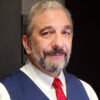
Mike Church Show Afternoon Replay
If You Missed The Live! Morning Drive Version
5:00 pm - 8:00 pmMike Church Show Weekend Best Of
12:00 am - 11:59 pm
Condimentum Elit
11:40 pm - 11:55 pm
Chart
HERE IT GOES YOUR COPYRIGHT TEXT. CAN ALSO CONTAIN LINKS LIKE THIS



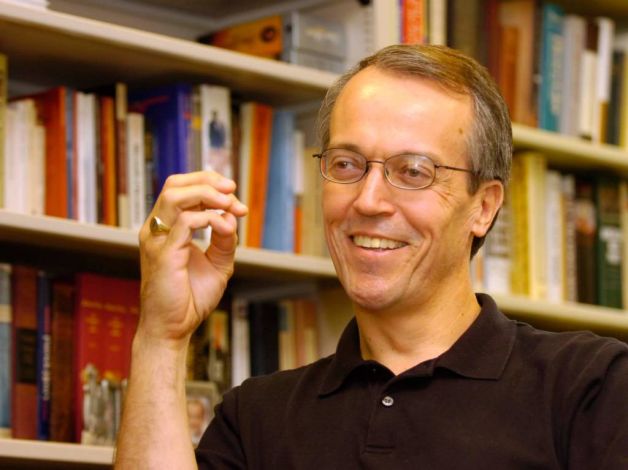
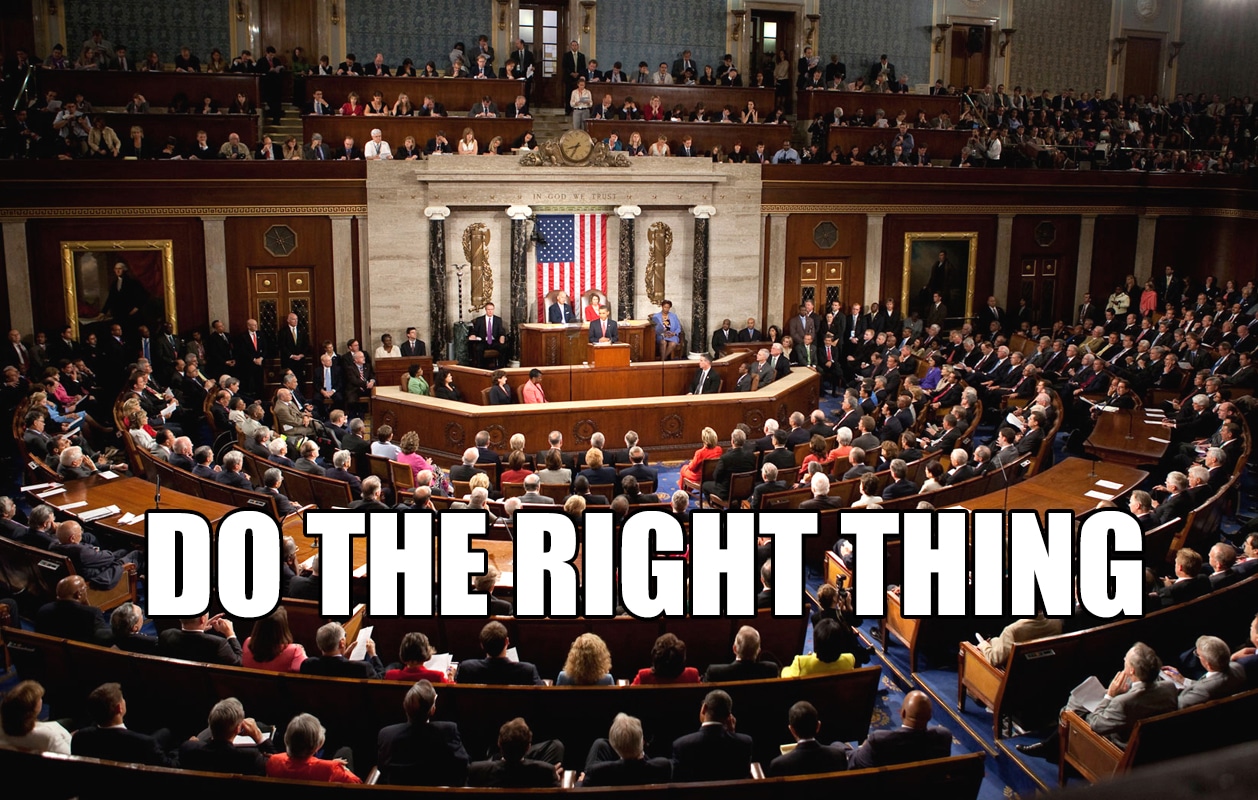



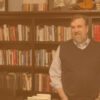
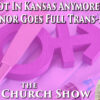
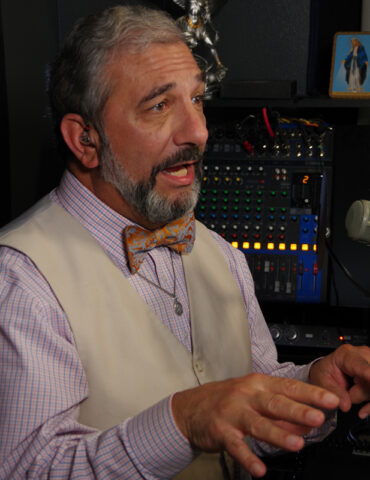
Post comments (0)